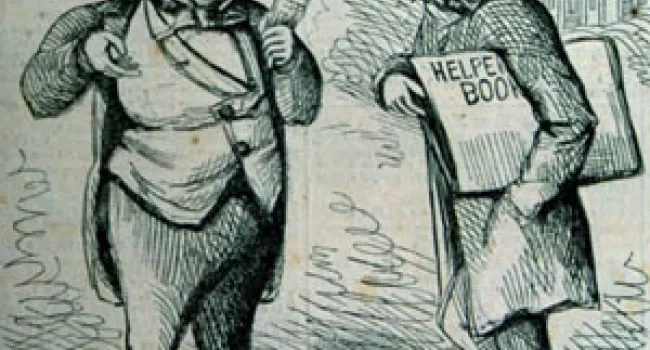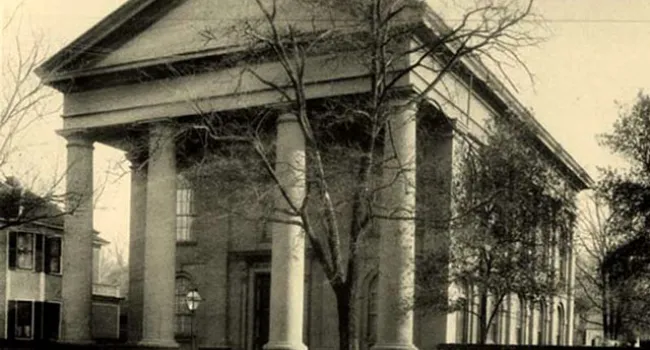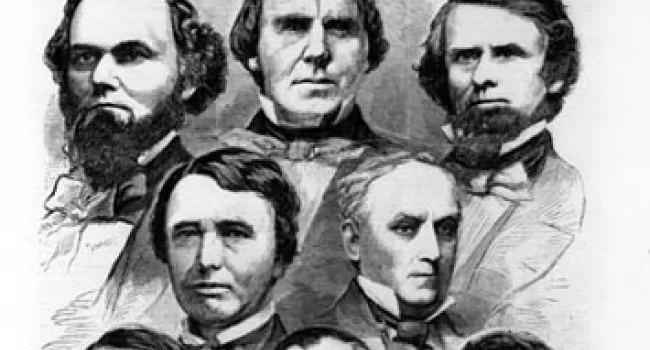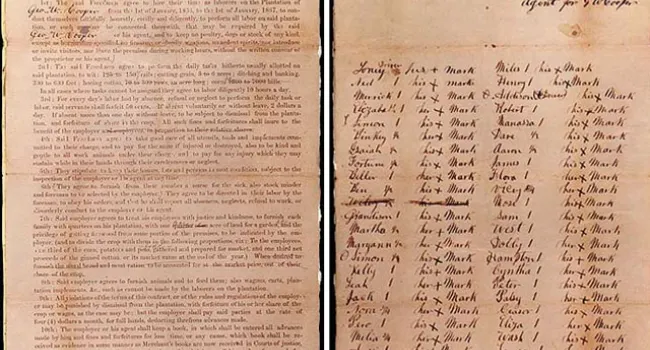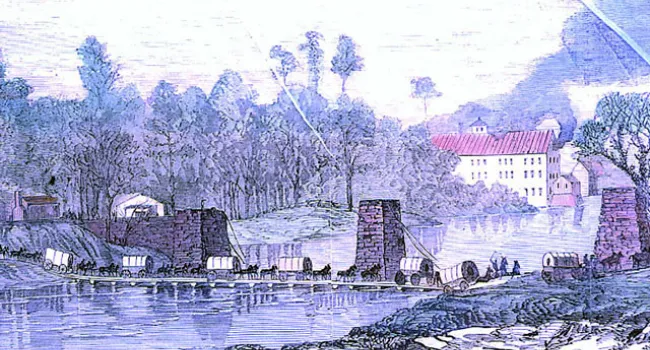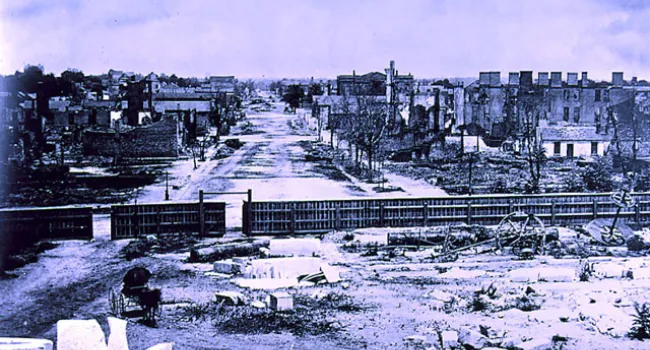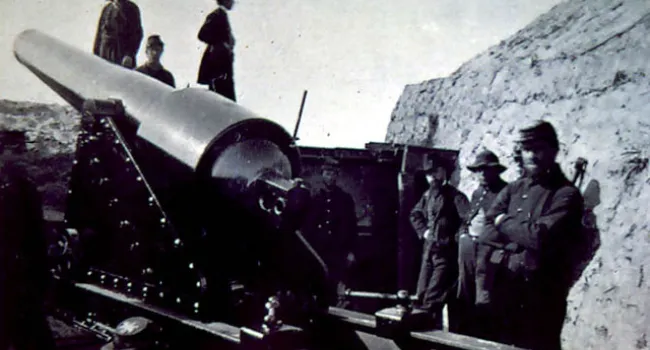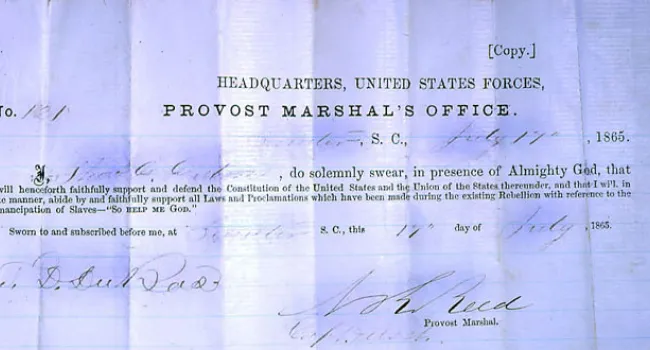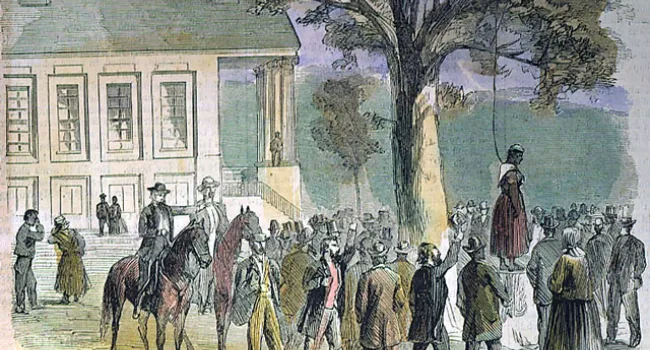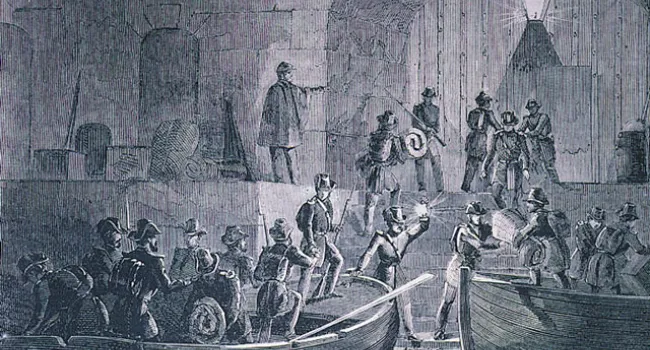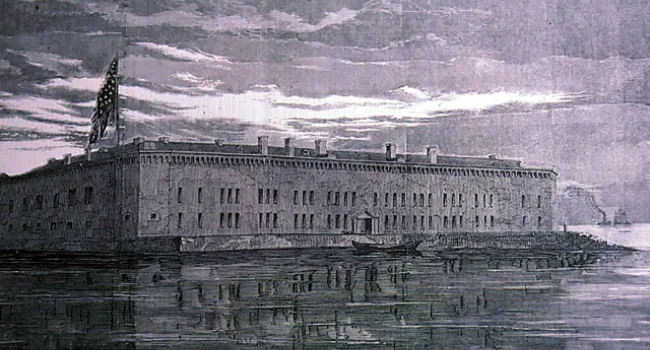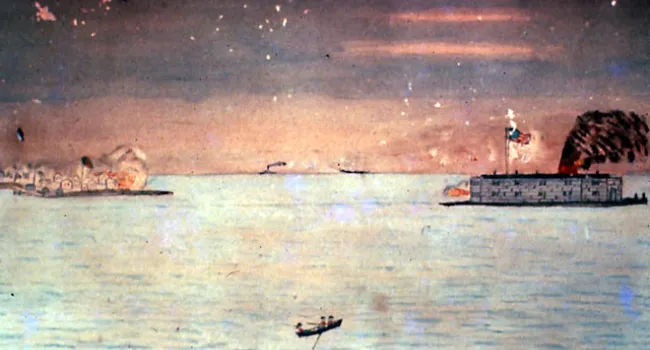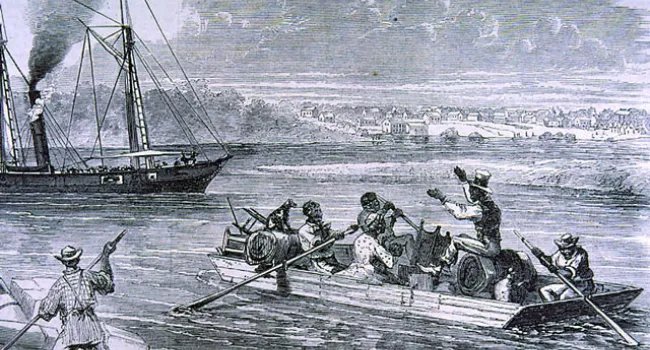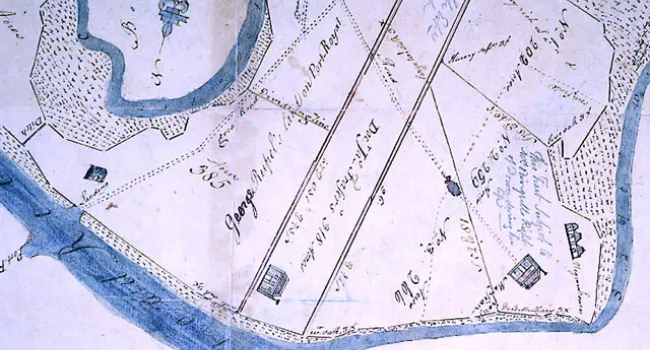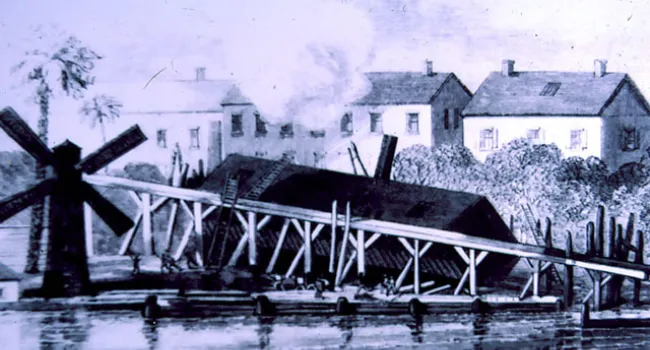
The Ordinance of Secession, 1860. This document marked the conclusion of a movement to declare Southern independence from a national government increasingly controlled by Northerners. It was the beginning of a series of events that would lead to a bloody Civil War. Drawn up by a "Convention of the People of the State of South Carolina," it "dissolve[d] the Union between the State of South Carolina and other States united with her under the compact entitled The Constitution of the United States of America." The 170 men who signed the Ordinance--wealthy planters, lawyers, doctors and businessmen--argued that the State of South Carolina had the right to withdraw from the federation they had joined when an earlier "Convention of the People" ratified the United States Constitution on May 23, 1788 (see Delegates To A 1787 Convention In Philadelphia). Feeling their right to own slaves was threatened, they left the Union. Signed with great ceremony in Institute Hall (see Institute Hall and First Baptist Church, Columbia, SC) in Charleston on December 20, 1860, the original Ordinance of Secession was closely guarded during the war. Some of the exact lithographic copies made for the signers were captured by Union soldiers, who mistakenly thought that they had found the "Scroll of Treason." The original, which never left state custody, is in the South Carolina Department of Archives and History.
Courtesy of the South Carolina Department of Archives and History.
Standards
- This indicator was developed to encourage inquiry into the continuities and changes experienced by Americans of various genders, positions, races, and social status during the Civil War.
- This indicator was designed to encourage inquiry into the continuities and changes of the experiences of marginalized groups such as African Americans, Native Americans and women, as the U.S. expanded westward and grappled with the development of new states.
- This indicator was developed to encourage inquiry into the changes that served as a catalyst for Reconstruction. The indicator was also designed to promote inquiry into how these actions affected the economic, political, and social conditions in the South.
- 8.3.E Utilize a variety of primary and secondary sources to analyze multiple perspectives on the effects of the Civil War within South Carolina and the United States.


